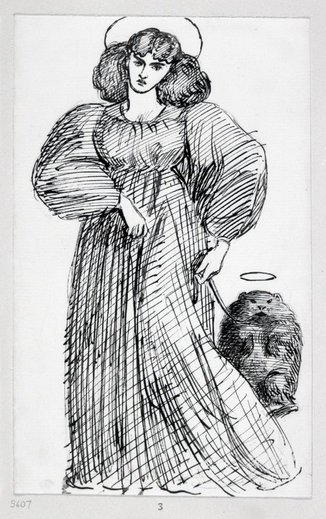The 2017 cult hit film 'The Greatest Showman' inspired marginalized people about the solace that can be found by establishing your own community with others who don't fit in with larger society. But it also perpetuated a dangerous mythology about P.T. Barnum as a showman who wholeheartedly believed in this ethos and deeply cared about the welfare of the performers in his freak shows and circuses. Elizabeth Macneal's new novel “Circus of Wonders” presents a more complicated fictional story of such an impresario with Jasper Jupiter who in 1866 aspires to create a show that will eclipse Barnum in its success and draw Queen Victoria to attend. He does this through mercenary exchanges purchasing individuals with physical aberration from their families, tyrannically working his crew and making dangerous deals to enhance the spectacles. Though this egotist's circus is at the centre of this novel, Macneal primarily focuses instead on the points of view of two far more sympathetic characters.
A young woman named Nell feels isolated in her community because of birthmarks which speckle her skin and, though she's kidnapped by Jupiter, she comes to embrace the circus' opportunities and the sense of importance which comes from being refashioned into a wonder known as the “Queen of the Moon and Stars”. But she soon realises that this isn't necessarily an empowering form of celebrity, her newfound freedom has limitations and the public's adulation has a sinister side. Jasper's brother Toby has always been the more awkward and less favoured of the pair. From an early age they hatched a dream of forming a circus together, but Jasper's ambition supersedes his brotherly love and there hangs between them a secret from their days being involved in the Crimean War. The complicated relationship between Nell and Toby plays out amidst the rise to fame of Jupiter's Circus of Wonders.
It's a dramatic and moving tale which delves into the moral ambiguities which arise when people who have been diminished by their families and communities seek to achieve independence through the only methods which are available to them. I have a natural affinity for tales of circus life and one of my favourite novels is Angela Carter's “Nights at the Circus” so I was instantly drawn into Macneal's story. As with her debut novel “The Doll Factory”, she has a wonderful talent for vividly creating a sense of history within her fiction and evoking how it might have felt dealing with the struggles that these individuals faced in particular periods of the past. By referencing iconic fairy tales within the novel, Macneal reminds us that these are stories of wondrous magic but they also have a dark heart and timeless lessons about the price of obtaining what you most desire.











